Fertilizing Roses with a Sense of Proportion
For their flower marathon roses need a steady supply of rose fertilizers and nutrients
Roses need food and an proper amount of nutrients to grow and bloom. You can buy various fertilizers on the market and it may be difficult to choose the right one for non-professionals.
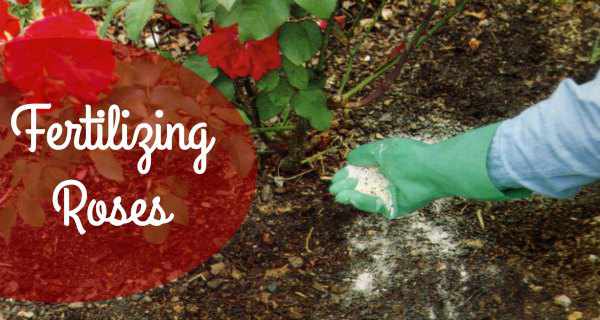
Using a special rose-fertilizer, with a balanced mixture for the plants needs, may make it easier for you. These are typical compound fertilizers and contain the main nutrients nitrogen (N), phosphorous (P), potassium (K) as well as Magnesium (Mg) and micronutrients.
Tip
If the pH-value of your soil is too high or too low, your plants will struggle to grow and bloom properly. When the pH-value is off, some nutrients are already unavailable to the plants.
To get details on the nutrient content and the pH-value a conduct soil analysis is
advisable. For this purpose, sets can be purchased commercially, offered by
independent institutions.
The soil sample must be sent, is then analyzed in the laboratory and the result
will be returned with a fertilizer recommendation.
General Guidelines For Basic Rose Fertilization
Unfortunately there is no one-size-fits-all recipe for an exact fertilization. Unilateral concentration or the absence of a specific nutrient in the soil, such as too much phosphorus or too less potassium, will get your roses in trouble with nutrient uptake. In these cases a targeted fertilization is advisable.
Start Fertilizing Roses in Early Spring – Stop in Late Summer or Fall
As every plant, roses need food during their growing period only. Fertilizing roses has to happen in spring and summer and not in fall and winter, when the plants should take a rest.
Depending on the weather, first fertilization should be in spring after pruning, but until the plant starts to leaf.
After the first blooming in June/July you should fertilize the plants a second time, depending on the fertilizer. After that time, no compound fertilizer should be added to the plants.
The reason is: Later fertilization may encourage growth. New shoots could be damaged by frost, because the wood of the roses will not have the time to get hard and frost resistant.
Watering and Fertilizing Roses
The soil around the plant should be deep-watered before you add fertilizer, to avoid that the plants get burnt.
After fertilizing roses, watering helps to move the nutrients into the root zone.
What Type Of Fertilizer To Use?
To get roses vital and floriferous I do offer them with enough nutrients, at least once or twice a year. Over-fertilized plants or plants having too much nutrient available, can suffer from health problems.
I therefore recommend a moderate fertilization with predominantly organic or organic-mineral rose fertilizer, containing the basic ingredients nitrogen, phosphorous and potassium (NPK).
Organic Fertilizing Roses
Granular, organic fertilizers contain the basic nutrients (NPK) for plant growth and bloom.
Pure organic fertilizers have the advantage of slow decomposing and the plants will be uninterruptedly supplied with nutrients over a period of 2-3 month.
Compost brings additional organic matter into the soil, which will be great for the soil organisms. Work in about 1-2 shovelful of compost around the base of the plants, after loosen up the soil.
During warm weather periods in spring, the fertilizer will be used up very fast. Additional fish/kelp liquid organic fertilizers provide nitrogen/trace minerals. Added once a month, they will do a good job to support the roses in these times.
Epsom salts, containing magnesium sulfate bring a healthful green color to the leaves and support quick and lush growth.
All-In-One Fertilizers
Organic fertilizing is still the best way to feed your plants, but not everybody is willing to invest much work and time for rose care. Easy rose gardening focuses on a simple way to grow roses and get the best results.
The market provides a lot of All-In-One-Fertilizers like Bayers All-In-One Rose and Flower Care.
These product includes...
- Fertilizer
- Insect Control
- Disease Control
all in one product.
Used 2-3 times during the growing season, it is the best product for your roses and easy to apply.
Already effected from diseases and pest? Use this product and your roses will never look better.
Summarize
Whichever fertilizer you use, good soil is the basis for healthy roses. That means to test the soil when planting your roses and improve the soil if necessary.
One or the other shovelful of compost in spring will delight every plant and improve the soil.
Nutrient Deficiency
Roses will show off very fast when they lack of one or more nutrients. It is essential to know the reasons:
- Nitrogen (N): The foliage remains smaller and their color will be yellow-green, including the leaf veins. The growth of the plant will be weak and only few, small blossoms will form.
- Phosphorus (P): The foliage will show blue-red-green to purple discoloration and weak flowering. Rarely occurs.
- Potassium (K): Starting from the leaf apex and the edges, the bottom foliage of the plant getting yellow and brown; later dry out and die off. With insufficient lignifications of the shoots, they are prone to mildew and pests. The color of the blossoms will be pale; the plants will not be frost-resistant.
- Magnesium (M): Appears mostly on older leaves showing mosaic-like, yellow-green parts. Afterwards the leaves turn gray and die off. The leaves apex and edges arch upward.
- Iron Deficiency (Fe): occurs on emerging foliage. They are yellow colored with green leaf veins and stay small. The shoots stay weak and thin with less blooming. Iron deficiency occurs with high lime content of the soil (keyword pH-value).
Always follow the package directions for general guidelines of the fertilizer and don’t overdose.
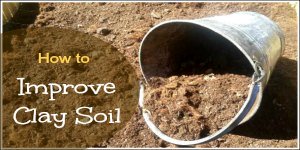
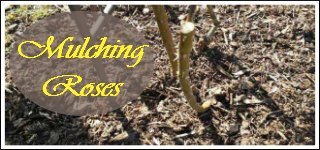
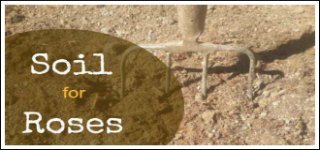
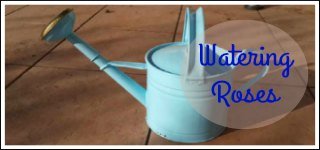






New! Comments
Have your say about what you just read! Leave me a comment in the box below.